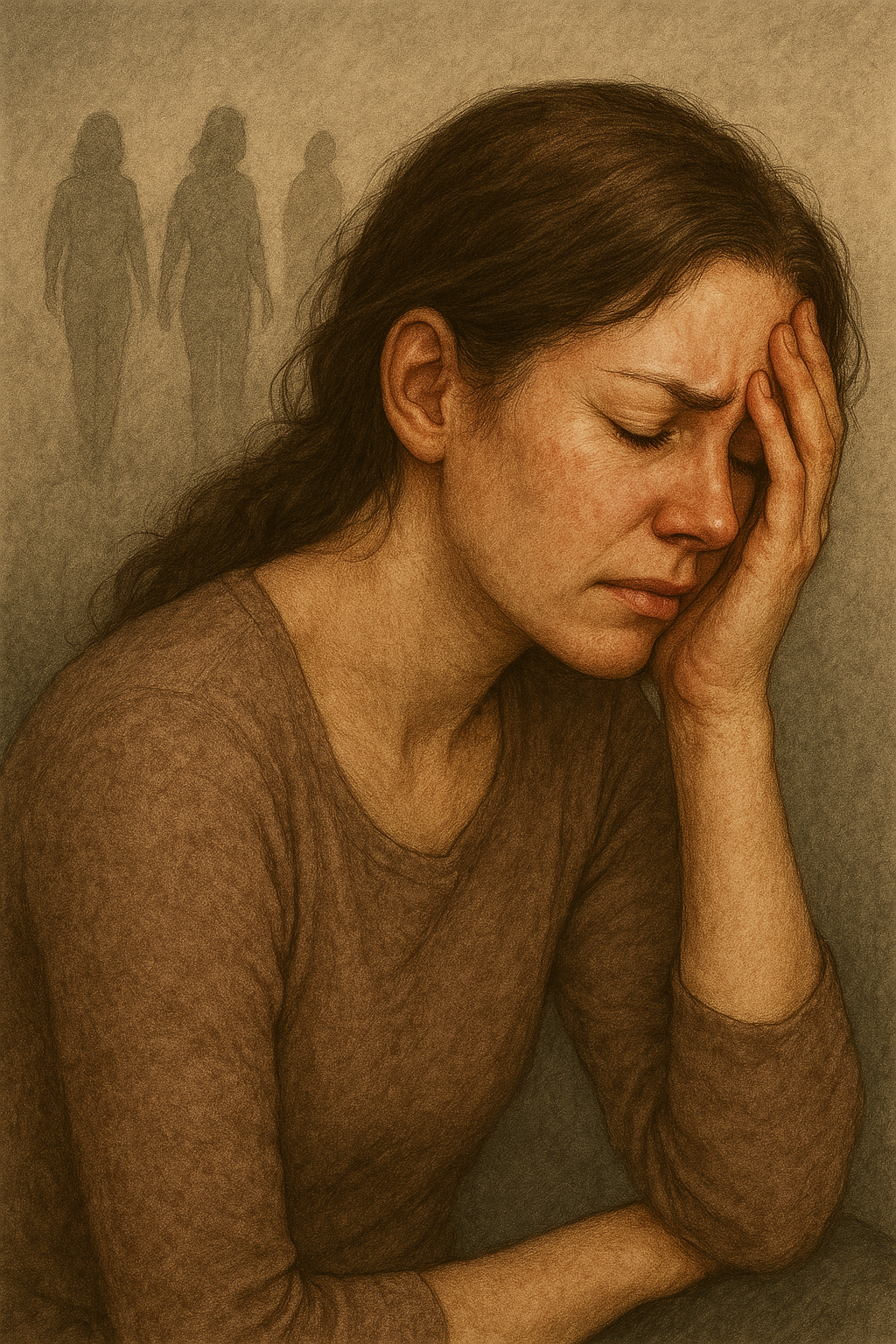Background: Zagananczyk Case
The Court of Appeal has provided further guidance on the valuation of Psychiatric Injury under the new Guidelines. In the Zagananczyk case, the Court upheld the defendant’s appeal, reducing the High Court award from €90,000 to €60,000 for general damages.
High Court Assessment of Psychiatric Injury
In the High Court, the trial judge accepted that the plaintiff suffered PTSD in the lower end of the serious category, awarding €45,000. The Court also found a separate, diagnosed psychological injury—an alcohol abuse disorder and depression—categorised at the lower end of moderate, awarding €20,000.
Thus, the High Court’s total award for Psychiatric Injury was €65,000, with an additional €25,000 awarded for burns and scarring.
The Appeal
The defendants argued that the trial judge had:
-
Misclassified the PTSD as serious.
-
Incorrectly awarded two separate sums for psychiatric injury.
-
Made an excessive award for scarring.
Applying the Guidelines
The Court of Appeal referenced Coffey J in Lipinski (a minor) v Whelan for guidance, particularly in:
-
Valuing Psychiatric Injury.
-
Applying an uplift for lesser injuries.
The Court also commended Murphy J in McHugh v Ferol, which applied a method of valuing the dominant injury, then the additional injuries, and applying a discount (50%) to the lesser injuries.
Reality Check Needed in these Types of Cases
Noonan J emphasised:
“Whatever mathematical approach is adopted, it is important not to lose sight of the global impact of all the injuries on the particular plaintiff concerned… If an obvious mismatch emerges, this may suggest that the requisite proportionality has not been achieved… a useful exercise… can provide a helpful ‘reality check.’”
Court of Appeal Assessment of PTSD
The Court of Appeal found errors in the High Court’s assessment of Psychiatric Injury:
-
PTSD includes mood disorder; depression is a mood disorder.
-
The trial judge erred in classifying PTSD as serious.
-
A cumulative award of €65,000 was disproportionate, reduced to €35,000 for psychiatric injury.
“Although in my view the PTSD in Lipinski was of a more serious order than in the present case, nonetheless when one factors in the depression and alcohol abuse, even assuming they were to be regarded as separate, I think, as in Lipinski, an award of damages at the top end of the moderate category is justified at €35,000.”
While the High Court judge did not clarify how the uplift was applied to burns and scarring, the Court of Appeal found no error in awarding €25,000 for scarring.
Final Outcome of the Court of Appeal
The Court of Appeal reduced the total general damages award from €90,000 to €60,000, providing clarity on proportional valuation of psychiatric injury under the new Guidelines.








